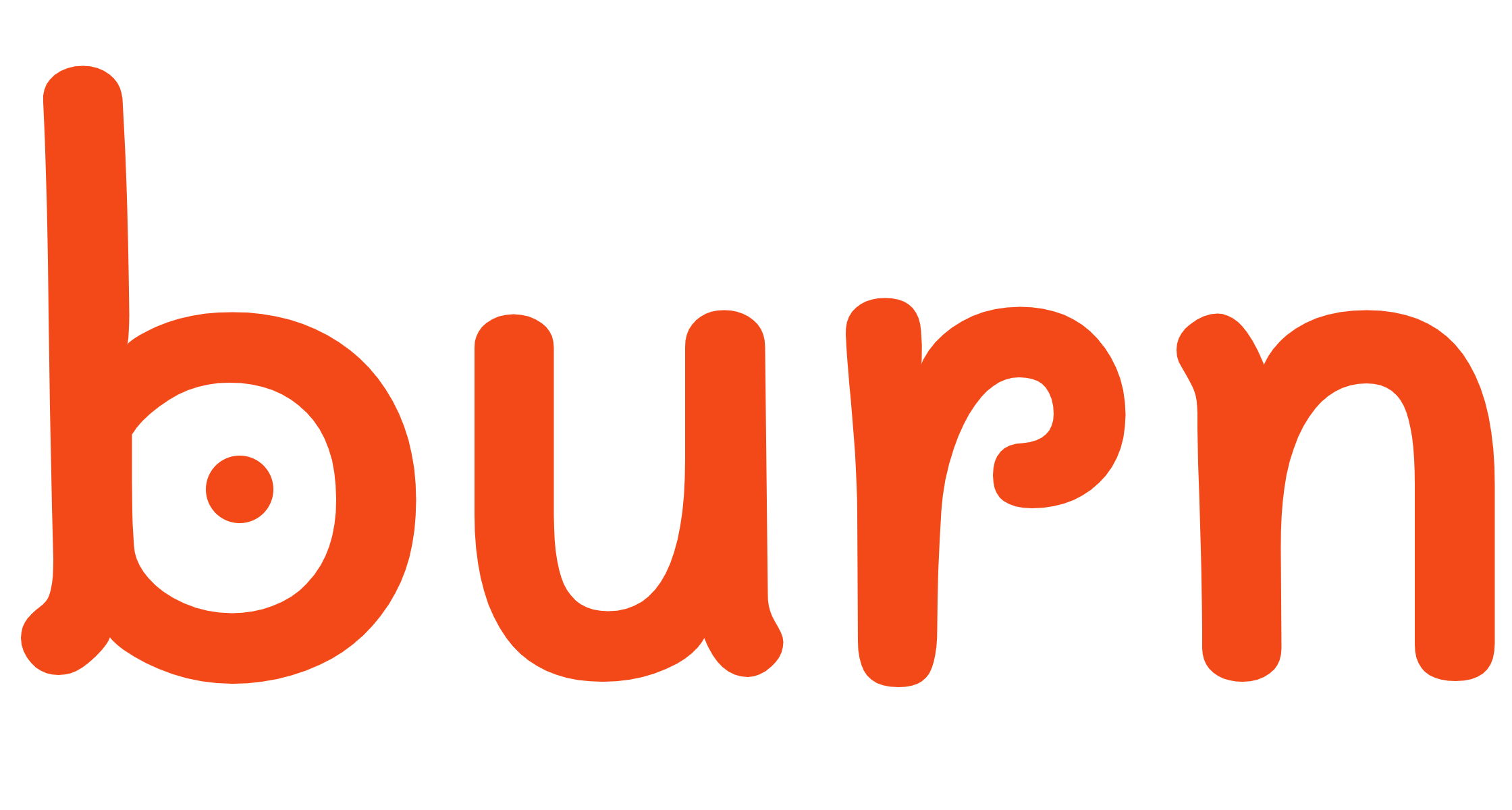
This library aims to be a complete deep learning framework with extreme flexibility written in Rust. The goal would be to satisfy researchers as well as practitioners making it easier to experiment, train and deploy your models.
Sections
- Flexible and intuitive custom neural network module 🤖
- Stateless and thread safe forward pass 🚀
- Fast training with full support for
metric,loggingandcheckpoining🌟 - Burn-Tensor: Tensor library with autodiff, CPU and GPU support 🔥
- Burn-Dataset: Dataset library with multiple utilities and sources 📚
The best way to get started with burn is the look at the examples. Also, this may be a good idea to checkout the main components to get a quick overview of how to use burn.
For now there is only one example, but more to come 💪.
The MNIST example is not just of small script that shows you how to train a basic model, but it's a quick one showing you how to:
- Define your own custom module (MLP).
- Create the data pipeline from a raw dataset to a batched multi-threaded fast DataLoader.
- Configure a learner to display and log metrics as well as to keep training checkpoints.
Knowing the main components will be of great help when starting playing with burn.
Almost everything is based on the Backend trait, which allows to run tensor operations with different implementations without having to change your code.
A backend does not necessary have autodiff capabilities, therefore you can use ADBackend when you require it.
The Tensor struct is at the core of the burn framework.
It takes two generic parameters, the Backend and the number of dimensions D,
use burn::tensor::{Tensor, Shape, Data};
use burn::tensor::backend::{Backend, NdArrayBackend, TchBackend};
fn my_func<B: Backend>() {
let _my_tensor = Tensor::<B, 2>::ones(Shape::new([3, 3]));
}
fn main() {
my_func<NdArrayBackend<f32>>();
my_func<TchBackend<f32>>();
}The Module derive let your create your own neural network module similar to PyTorch.
use burn::nn;
use burn::module::{Param, Module};
use burn::tensor::backend::Backend;
#[derive(Module, Debug)]
struct MyModule<B: Backend> {
my_param: Param<nn::Linear<B>>,
repeat: usize,
}Note that only the fields wrapped inside Param are updated during training, and the other ones should implement Clone.
The Forward trait can also be implemented by your module.
use burn::module::Forward;
use burn::tensor::Tensor;
impl<B: Backend> Forward<Tensor<B, 2>, Tensor<B, 2>> for MyModule<B> {
fn forward(&self, input: Tensor<B, 2>) -> Tensor<B, 2> {
let mut x = input;
for _ in 0..self.repeat {
x = self.my_param.forward(x);
}
x
}
}Note that you can implement multiple time the Forward trait with different inputs and outputs.
The Config derive let you define serializable and deserializable configurations or hyper-parameters for your modules or any components.
use burn::config::Config;
#[derive(Config)]
struct MyConfig {
#[config(default = 1.0e-6)]
pub epsilone: usize,
pub dim: usize,
}The derive also add usefull methods to your config.
fn my_func() {
let config = MyConfig::new(100);
println!("{}", config.epsilone); // 1.0.e-6
println!("{}", config.dim); // 100
let config = MyConfig::new(100).with_epsilone(1.0e-8);
println!("{}", config.epsilone); // 1.0.e-8
}The Learner is the main struct that let you train a neural network with support for logging, metric, checkpointing and more.
In order to create a learner, you must use the LearnerBuilder.
use burn::train::LearnerBuilder;
let learner = LearnerBuilder::new("/tmp/artifact_dir")
.metric_train_plot(AccuracyMetric::new())
.metric_valid_plot(AccuracyMetric::new())
.metric_train(LossMetric::new())
.metric_valid(LossMetric::new())
.with_file_checkpointer::<f32>(2)
.num_epochs(config.num_epochs)
.build(model, optim);See this example for a real usage.
Burn is distributed under the terms of both the MIT license and the Apache License (Version 2.0). See LICENSE-APACHE and LICENSE-MIT for details. Opening a pull request is assumed to signal agreement with these licensing terms.

